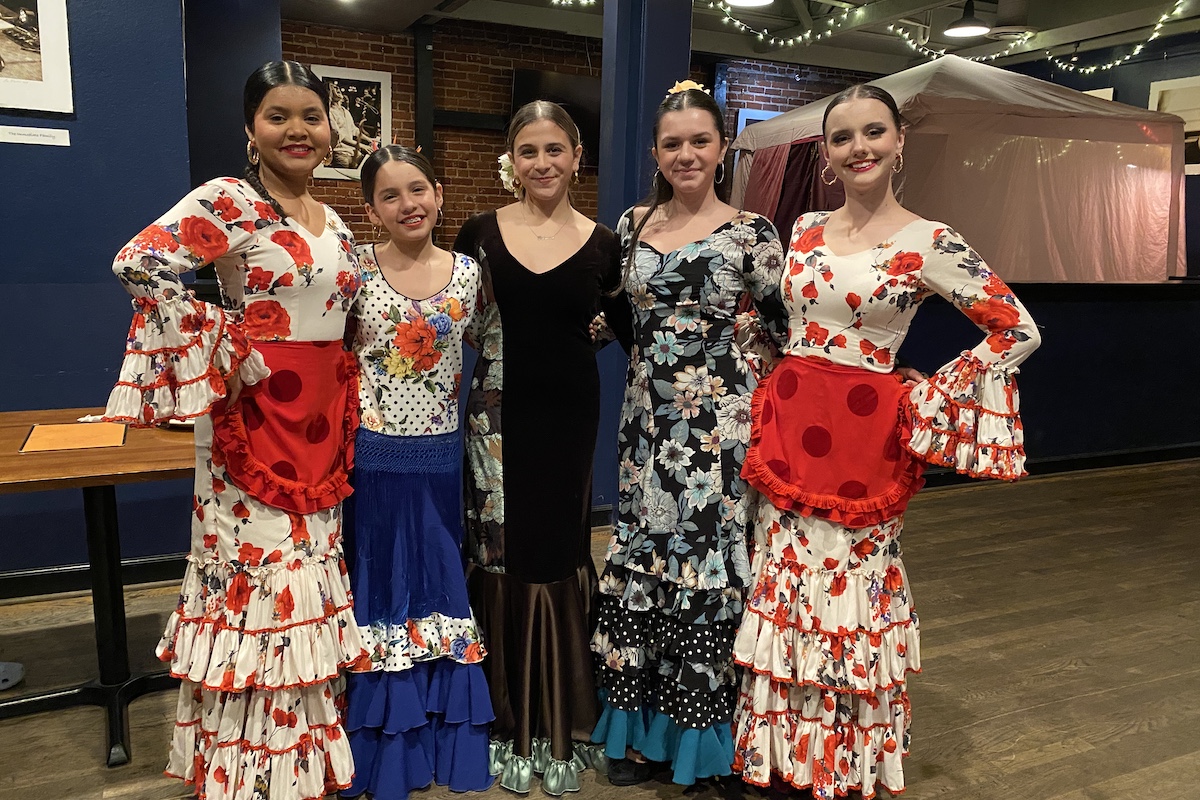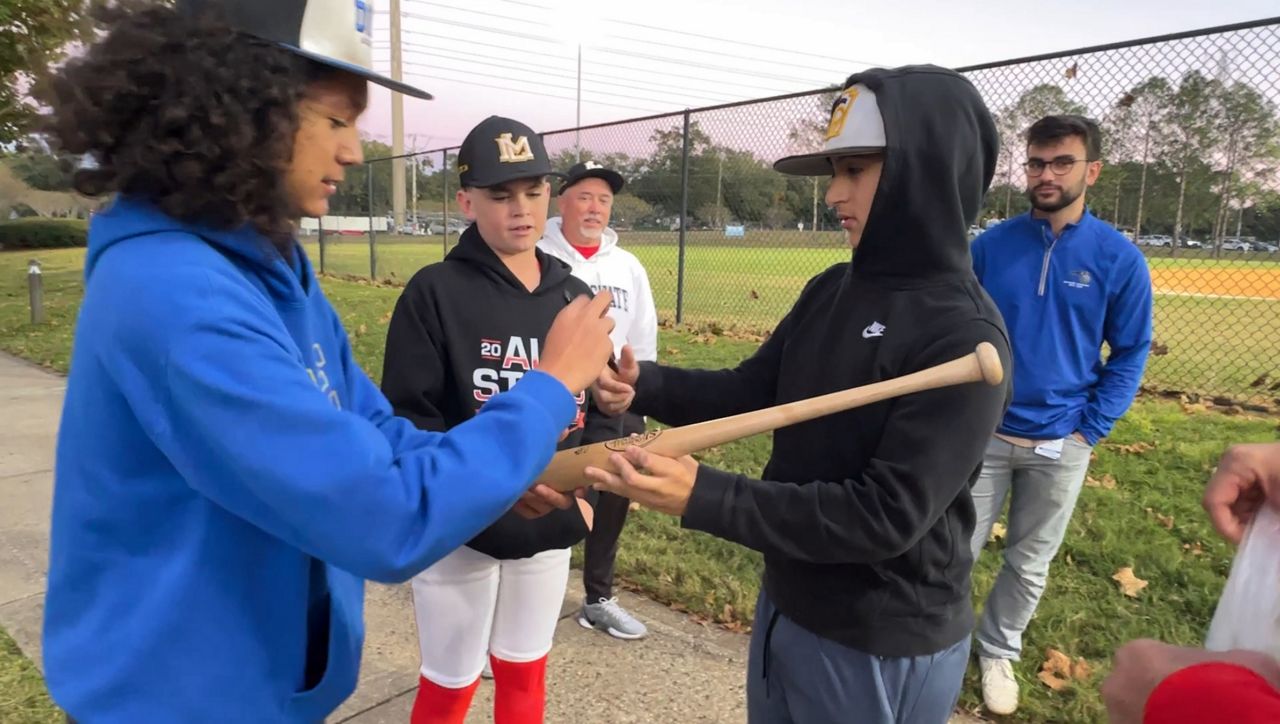World
Alpacas Get Bird Flu Too – World-First Report Confirms Infections On Idaho Farm

The strain of H5N1 that authorities have dubbed Highly Pathogenic Avian Influenza (HPAI) has been wreaking havoc among domestic and wild bird populations across the globe, but it’s certainly not been limited to our feathered friends. Lots of mammal species, including some you wouldn’t expect, have also been affected – not to mention a handful of human cases – but now there’s another furry victim to add to the list: alpacas.
The US Department of Agriculture (USDA) announced on May 28 that the National Veterinary Services Laboratories (NVSL) had confirmed the detection of H5N1 in alpacas that had been living on a farm in Idaho alongside infected birds.
The viral strain is the same one that’s currently spreading among dairy cows in several states, as confirmed by genetic sequencing, and matched viral isolates from birds on the farm that had been culled, suggesting the alpacas caught the virus from their winged neighbors. It somewhat mirrors the recent reports of farm cats being infected after consuming contaminated raw milk.
Out of 18 alpacas, only four were found to be infected. At the time of writing, no deaths have been reported, according to data submitted to the World Organisation for Animal Health.
But this data also serves as a reminder of just how many different species have now been affected by HPAI. A polar bear, several wild pumas, and even an American marten – an animal so elusive you’ll probably never see one in the wild – have all been impacted.
Given the clear vulnerability of non-avian species, it’s understandable that health experts would be concerned about the potential threat H5N1 may pose to humans. As a direct result of the dairy cow outbreak in the US, two workers are known to have been infected, though both have since fully recovered. The big fear would be if the virus were to evolve the ability for sustained human-to-human transmission – we’re not there yet, but that’s a big part of the reason why authorities are keeping such close tabs on the virus.
Many people are also working towards potential mitigation strategies, should the need arise, from general pandemic preparedness to developing innovative new flu vaccines. With COVID-19 still among us (much as we might wish it weren’t!), there are hopes we can take the lessons learned from tackling one virus and apply them as we pivot towards future threats.
Alpacas just joined a long list of mammals that are susceptible to HPAI strain H5N1. If the last few months are anything to go by, they unfortunately won’t be the last.



![Podcast [English World] Episode 77: Scan-free ticket gates Podcast [English World] Episode 77: Scan-free ticket gates](https://img.kyodonews.net/english/public/images/posts/8367a5e1916be92c4e60b9cb878b241b/cropped_image_l.jpg)






